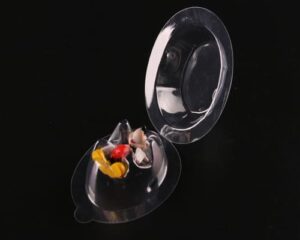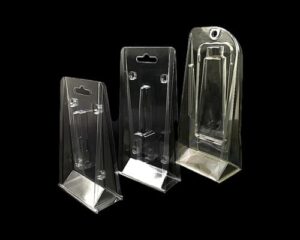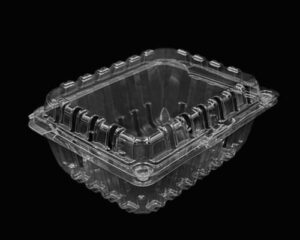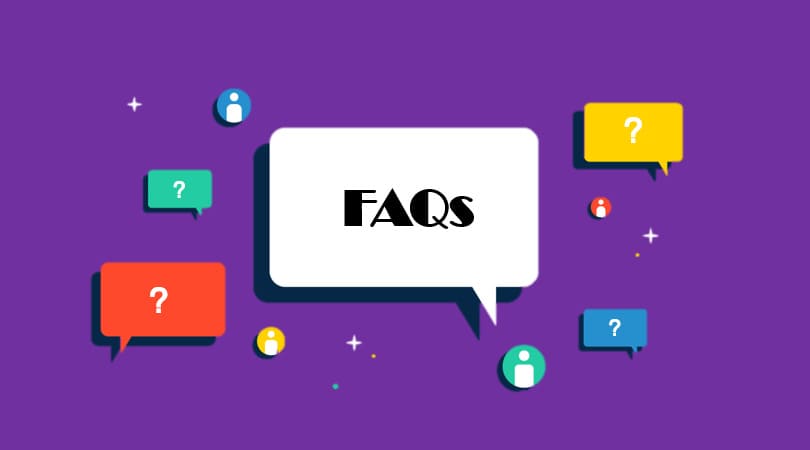FAQs on All Kinds of Blister Related Packaging Methods
By Hope Chan. Last updated: May 27, 2022
With all types of blister related packaging methods around, it can be a bit confusing and time-consuming to do research on them.
Here we’ve gathered the most frequently asked questions for you to help you better understand them.
Now read away…
Table of Contents
What Is Blister Packaging?
Blister packaging is one of the most commonly seen packaging method on the market. It is made by heating up a sheet of plastic and molding it into custom shape so that a bubble, cavity or pocket is created to completely enclose the product inside.
Commonly Seen Blister Packaging Packs
How many types of blister packaging are there?
There are more than 10 types of blister packaging types. We categorize them into 4 groups based on their features:
Standard Clamshell, 2-Piece Clamshell, Tri-Fold Clamshell, Clamshell Container
Slide Card Blister, Trapped Blister, Face Seal Blister, Full Face Seal Blister
Plastic Insert Trays, Plastic Trays, Plastic Boxes
Flocking Blister Trays
What is clamshell packaging?

Clamshell Packaging Packs
Clamshell packaging (a.k.a. clamshells, clam packaging or clamshell container) is a type of blister packaging.
The name is quite self-explanatory — a container with 2 halves hinged together like a clam.
Based on how the 2 halves are put together, there are 3 types of clamshell packaging: Standard Clamshell (or Clamshell Container), 2-Piece Clamshell and Tri-Fold Clamshell.
What’s the difference between clamshell and blister packaging?
Clamshell Packaging is a type of Blister Packaging. Both are made of plastic and go through the thermoforming process.
But the major difference would be whether or not a paperboard card is used. Simply put:

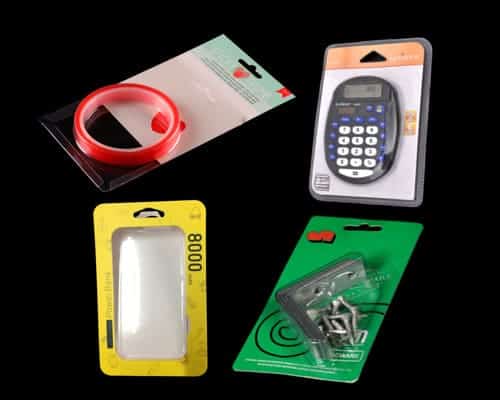
Clamshell Packaging = 2 halves of blister packs (hinged or sometimes apart)
Blister Packaging = a blister pack + a paperboard card
What is blister card?

Blister Cards
Blister card, also known as carded packaging or cardboard packaging, is a package that consists of a plastic blister pack and a paperboard card, in which the blister pack is either heat-sealed to the card or can be slid into the card.
What is blister card made of?
There are 2 crucial components in blister card: a backing paperboard card and a cavity made of plastic.
The Customer should provide either their product or a drawing of their design so that a custom mold can be produced for manufacturing the plastic blister pack.
What is flocking blister?

Flocking Blister Trays
Flocking blister (or flock blister) is blister product that have a thin layer of soft velvet-like flocked material glued to the surface.
What is Alu-Alu Packing?
Alu-Alu Packing is a kind of blister pack that has been used to pack tablets and capsules. Both sides of the blister pack are made from aluminum foil, or as some may call it, ‘cold-forming foil’.
The aluminum foil, or cold-forming foil, is characterized by having aluminum foil on the outside and polymeric films on the inside.

Alu-Alu Packing
Pros of Alu-Alu Packing: It provides good light & oxygen barrier, hence suits best for products that are sensitive to light, oxygen or moisture.
What is Aluminum-Plastic Packing?
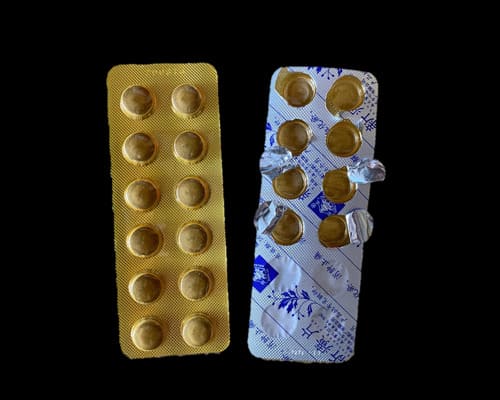
Alu-Plastic Packing
Like Alu-Alu Packing, Aluminum-Plastic Packing is also a common packing method for tablets and capsules.
Just as the name suggested, Aluminum-Plastic packing has aluminum foil on one side and plastic foil on the other side.
What’s the difference between Alu-Alu Packing and Aluminum-Plastic Packing?
There are 3 main differences between the two packing methods:
1) Cost
Aluminum-Plastic blister packs cost less than the Alu-Alu ones.
2) Capacity
For packages of the same size, Aluminum-Plastic packing has a greater capacity than Alu-Alu packing. In other words, for the same amount of products, Alu-Alu packing may not be able to contain them all as Aluminum-Plastic packing does.
3) Storage Requirements
Different pharmaceutical products have different storage requirements. For those that are not only sensitive to UV light and are highly hygroscopic (tend to absorb water from the air), but also require heat and cold resistance, Alu-Alu Packing is definitely the go-to packaging choice.
What are the pros & cons of using blister packaging?
4 Pros of Blister Packaging:
- Customizable
Given that all plastic blister packs are thermoformed and each design is unique to the product contained, blister packs are highly customizable regardless of the size or amount of the items contained.
- Visual Appeal
Plastic is highly malleable and can be easily molded into all sorts of forms, allowing your custom package to stand out and showcase the products contained.
- Protective & Tamper-proof
Blister packages offer good protection for the items contained and because of the way they are sealed, blister packages also discourage unauthorized opening.
- Cost-effective & Lightweight
Mass production of blister packaging products are quite cheap compared with other packaging solutions. And they are light, easy to transport.
2 Cons of Blister Packaging:
- Non-Recyclable
Not all plastic can be recycled. Among all plastic types, PET, HDPE & PVC plastic are accepted at most recycling centers.
- Extra Tools
In the case of Trapped Blister, Face Seal Blister and Full Face Seal Blister packaging, sealing tool is required for proper sealing of the packaging.

